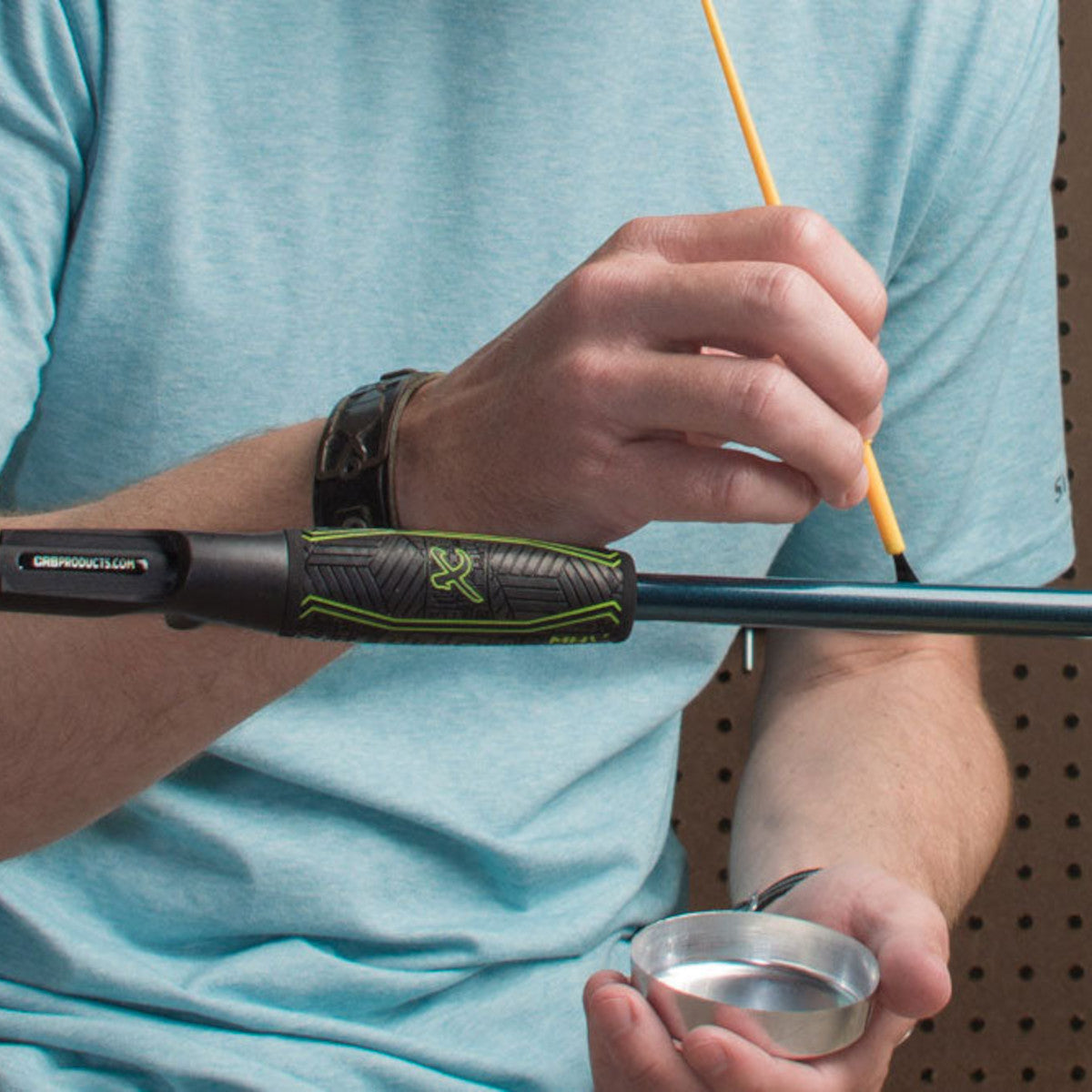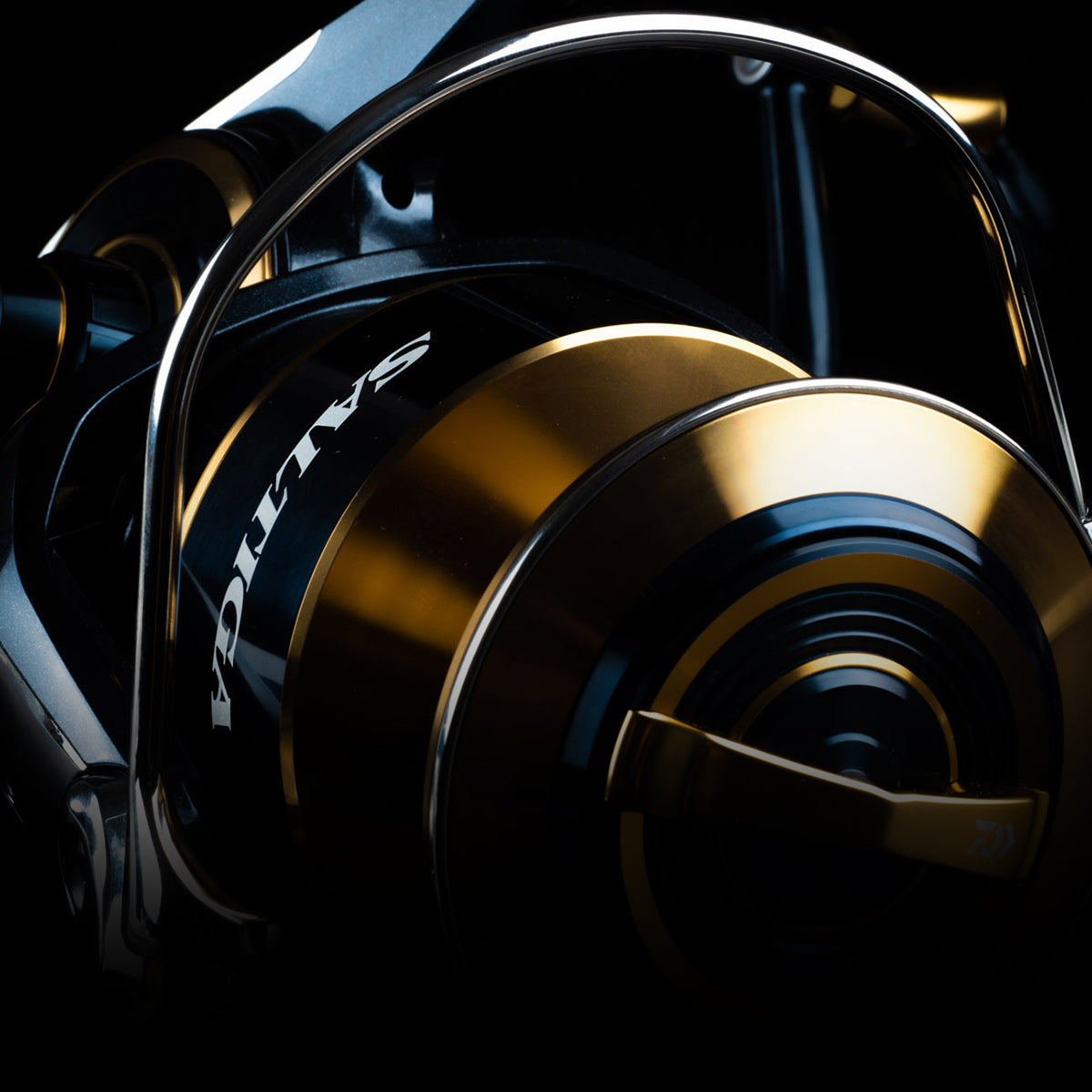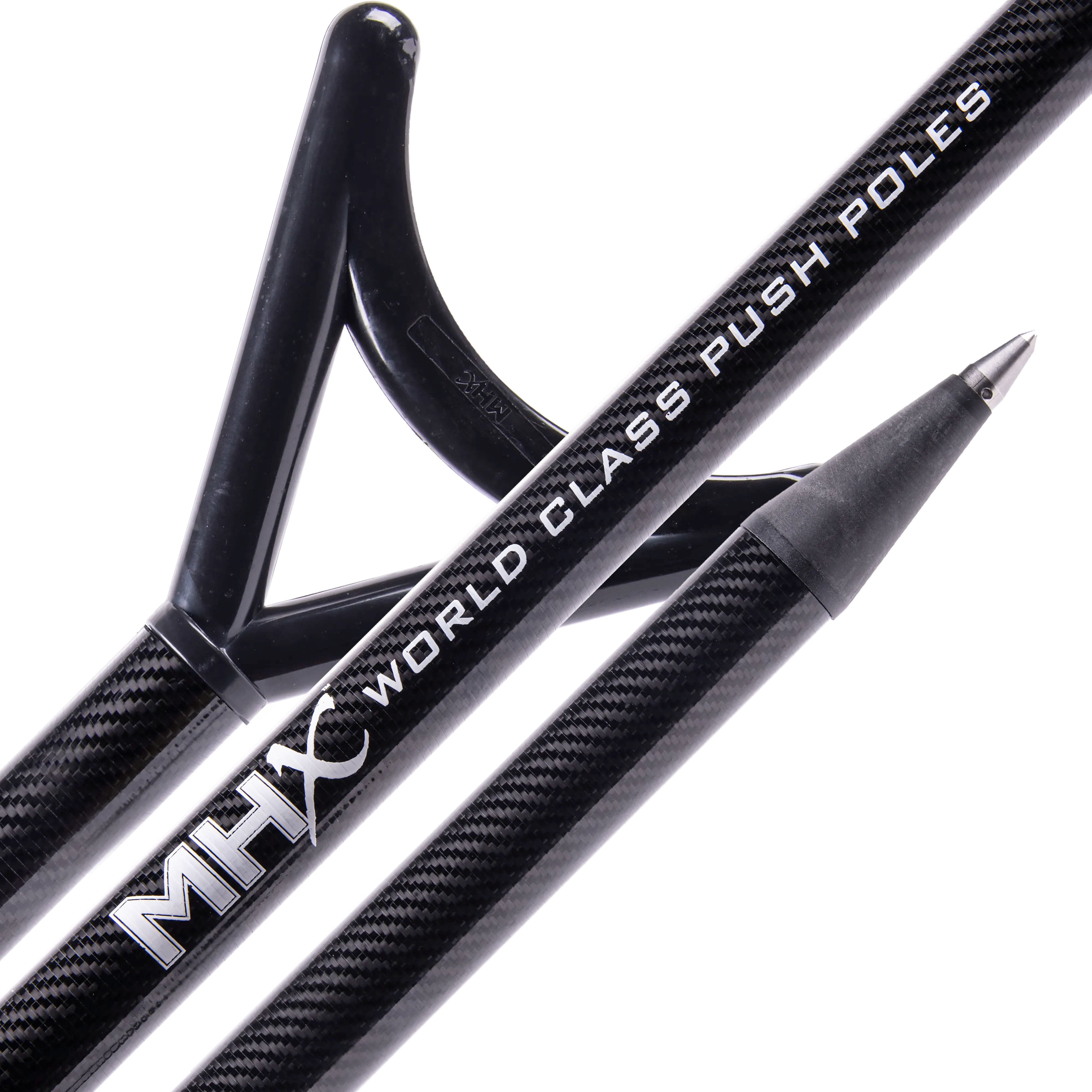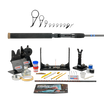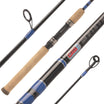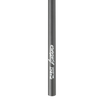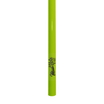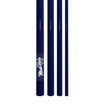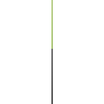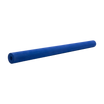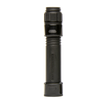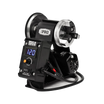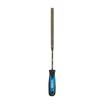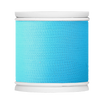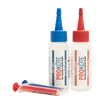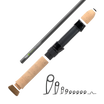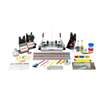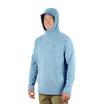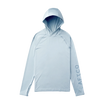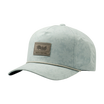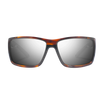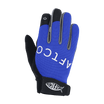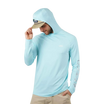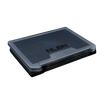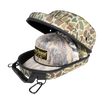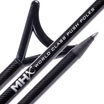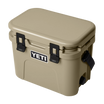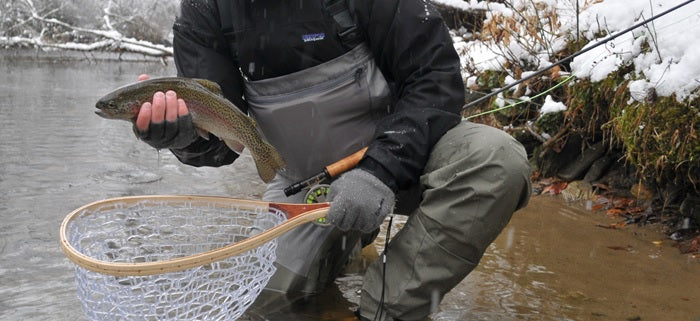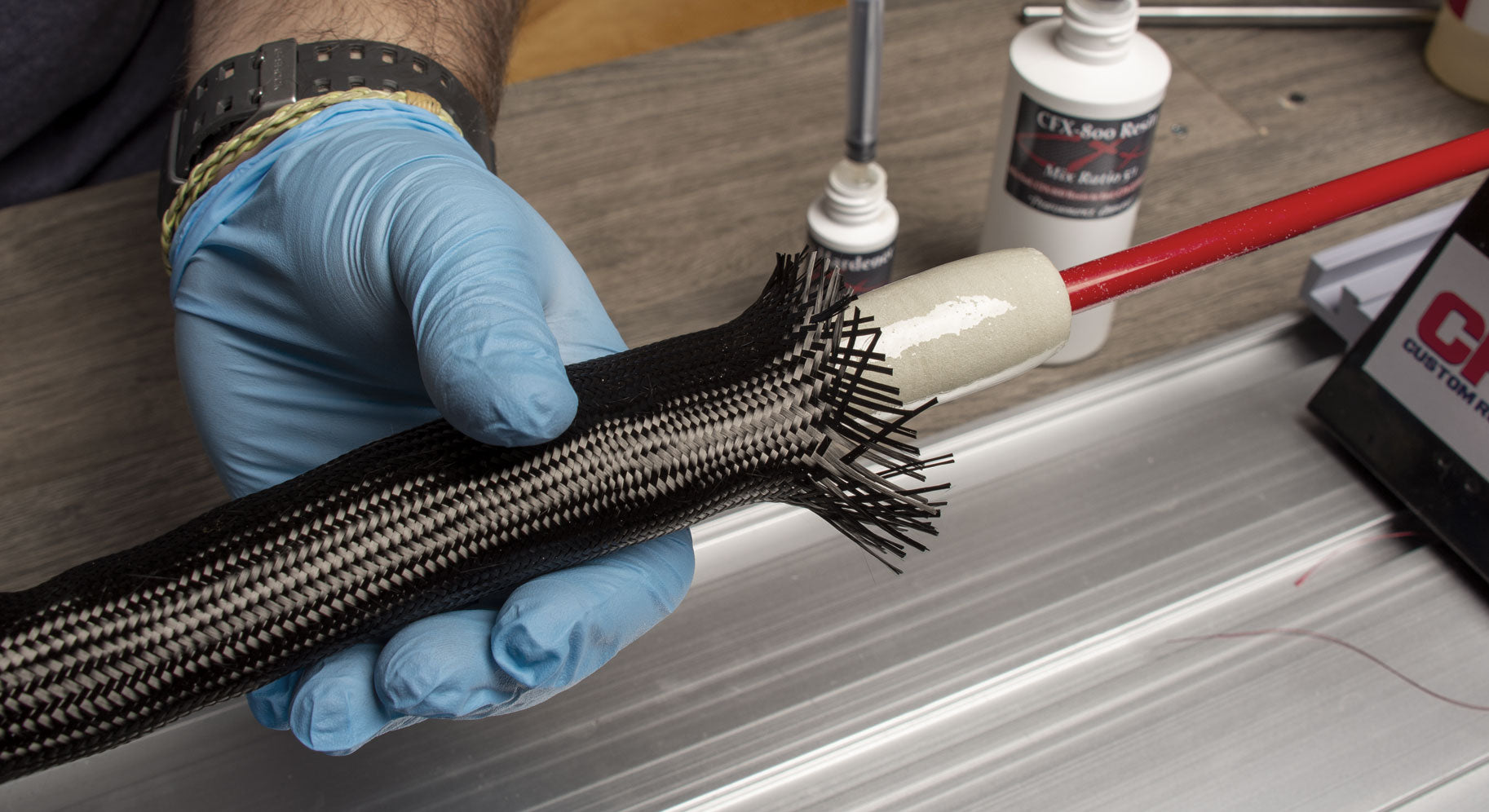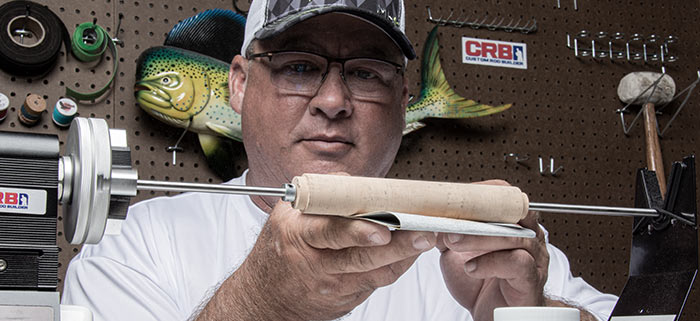Read this blog to find out which fly rod weight will perform best in your target application and learn more tips for building your own custom fly rod.
How to Pick Your Fly Rod Blank and Components
Choosing the right rod blank and then dialing in the rod’s components for your specific fishing needs is the best way to improve your performance on the water.
Imagine casting a custom fly rod tailored to your demands and designed to perform in your favorite fishing application. Well this isn’t a dream, it’s the reality and thought process behind building your own fly rod.
It’s yours and you control the selection of each and every component along the way.
From the rod blank and reel seat, to the grips, guides, and other custom components, the fly rod you build is the fly rod you’ll use most often.
Now we can’t necessarily guarantee this, but after this blog and building a custom fly rod, you can!
Fly Rod Action
When it comes to action, each fly blank’s action is determined directly by the speed at which the rod can completely load and unload. Although different fly lines can interfere, actions are based on how the fly blank casts same line weight as it’s manufactured weight.
For example, a 7-weight fly rod’s action would be based on its speed while loading and unloading using the proper 7-weight line.
When the rod loads and unloads quickly, it is considered a fast action rod blank. On the other hand, if the rod takes more time, this is identified as a slow action fly rod.
The Action and Flex of a Fly Rod
A fly rod’s flex comes from where the blank bends while casting. Flex is generally divided into three parts: tip, mid, and full.
The tip flex refers to top third of the fly rod and the mid flex includes the top half, while a full flex will usually extend to the just above the grips.
Together, fly rod action and flex are what you should take into account for your casting, the fishing application, and the weather conditions.
A fast action with less flex is better suited for fly fisherman with a quick, commanding casting stroke. In contrast, slower rods that have more flex will take a more controlled casting stroke.
Furthermore, slow action rods give a softer and more subtle presentation when fish are in closer and particularly easy to spook. While fast action fly rods are generally better for throwing flies against stronger winds and casting further distances.
With that said, a high-quality custom built rod can achieve great distances and accuracy all the same.
Fly Rod Lengths
Fly fishing applications can certainly vary and there are plenty rod lengths to match each locale.
For instance, longer rods range between 8 to 10 feet in length and this helps to achieve further casting distances so that flies get to the fish. These locations are often large, widespread bodies of water such as lakes, rivers, sprawling flats and open oceans.
Another good example is nymphing because you’re looking for the perfect drift and a longer rod works to reach over changing water patterns and easily mend the line to simulate the ideal drift.

There are also rods longer than 10 feet, but these are more often known as spey and switch fly rods.
On the other hand, shorter fly rods that measure in between 6 to 8 feet, are great for smaller streams and creeks. In these spots, tree branches and other structures can crowd the water making it harder to get a clean cast.
Therefore, a shorter rod is better to help maneuver or adjust casts to get flies around these obstacles and out to the fish.
Identify Target Fishing Application and Species
With the basic blank considerations like action, flex, and length explained, it’s time to decide on your target application in order to choose and build the best fly rod possible.
Whether you’re looking to jump tarpon off the coast, drift nymphs for rainbows, or slam smallmouth with streamers, there is performance driven rod blank to match.
Fly Rod Building: Saltwater vs. Freshwater
Obviously building a rod to dial-in performance is the main goal, but another great part of rod building is tailoring the fly rod to your preferences.
From grips and guides to reel seats, why not choose the best suited components for you?
Grips for Fly Rods
When building a custom fly rod, when do you add a fighting butt?
This question often comes up, and for the most part, the answer is up to you.
Fighting butts are generally used more in inshore and offshore saltwater applications for fighting fish like redfish, snook, and tarpon. The fighting butt allows you to comfortably rest the butt end into your stomach for more leverage and a boost in your fish fighting ability.
Now that doesn’t mean you never want a fighting butt for freshwater. Some freshwater applications such as northern pike and muskie as well as smallmouth and largemouth bass, also call for a boost in fighting performance and a fighting butt will definitely help.
Fly Reel Seats
Picking a fly reel seat really comes down to the water you are fishing.
For example, saltwater will destroy wood inserts as opposed to freshwater where these seats will be safe. When fly fishing in saltwater, always choose aluminum, titanium, or even carbon fiber for a performance and appearance that will last.
But if you are fishing freshwater, by all means try out inserts and other decorations to dress up your fly rod’s handle.
Fly Fishing Guides
On a fly rod, you will generally see three different types of guides.
These guides include stripping guides, running guides, and tip top guides.
As its name implies, the tip top is located on the tip of the rod. Stripping guides are usually the first or the first and second guides from the reel that work to quiet the line by the time it reaches the running guides.
The running guides are the remaining guides in between the strippers and tip top, and these work to continue guide the line down and out of the rod’s tip. The most common are stainless steel guides and plated-wire guides.
Catching and Releasing Fish Safely:
In addition to thinking about your performance demands, it’s also crucial to consider the safety demands of the fish you’re catching.
Depending on the species of fish, water temperature, and weather conditions as well as the time spent fighting and handling that fish, all factor into the safety of the fish.
Here are some great reminders for fish care in this Bonefish and Tarpon Trust video:
Bonefish Catch & Release: Best Handling Practices from Bonefish & Tarpon Trust on Vimeo.
As in the video above, it’s important to not only choose a rod that will benefit your performance, but also use the proper rod weight for the species of fish.
For instance, some say fishing a lighter weight makes fighting bigger fish more fun, but it will also leave those fish exhausted and more susceptible to predation. Thus, choosing the appropriate rod weight is just as important to you as it is your target fish.
Check out the MHX Native Series Fly Rods
Engineered to be lightweight with small diameters, each high-performance design in the Native Series comes in cool colors to be your new favorite fly blank.
MHX Native Series Fly Blanks rely on high-modulus, high-tensile, and unidirectional carbon construction to exceed the performance requirements regardless of species or application. Plus, with application inspired colors, like Brook Trout, Autumn Red, Storm Cloud, Midnight, Clearwater, Bonefish Silver, Sandy Point, and Bluewater, the MHX Native Series really sets the tone on the water.
MHX Native Fly Rod Weights:
Maintaining a superior quality and value, while traveling with ease in either 4 or 6-piece options, the MHX Native Fly Blanks put performance in your palm for an experience like no other.
Whether drifting downstream for trout, hooking up on summer redfish, or even fighting peacock bass, the Native Fly Blanks come in specific weights to maximize your performance in every application.
And don’t miss these awesome Native Fly blanks in Multi-Option Rod Kits at the bottom of the page!
MHX Native Fly Rod—3 & 4 Weights
The 3 and 4 weights meet the needs of any angler fighting small game or fishing in tight quarters. These weights feature moderate actions that increase hook ups and protect the tippet with a
deeper flex that sustains a lift set. Great in lighter applications, the 3 and 4 weight fly blanks allow anglers to easily mend line and roll cast in tighter spaces.


Target Fish Species:
- Grayling
- Panfish
- Trout
MHX Native Fly Rod—5 Weight
The 5 weight adds a little more versatility by coming in either 8’6” or 9’0” lengths. The Native Series 5 weight fly blanks brings the shorter 8’6” option for tighter spaces where casting distance isn’t as important, while the longer 9’0” handles a variety of conditions without any extra weight on the blank or effort in casting.
Popular in light freshwater, both 5 weight fly blanks feature a progressive flex that works to keep the hook in the mouth of fish without any added fatigue to the angler.
The 5 weight comes in either 4 or 6 piece setups.


On the Water: Native Series 5WT Setup
Target Fish Species:
- Grayling
- Largemouth Bass
- Smallmouth Bass
- Trout
MHX Native Fly Rod—6, 7, & 8 Weights
Mid-range weights, like 6, 7, and 8-weights, offer more length to improve casting the fly line, while also adding more line and lure support even against windy weather. Designed with fast actions, these weights use that fast tip to increase line speed and add more power when fighting fish.
Whether fishing medium to heavy freshwater or light to medium saltwater, the 6, 7, and 8 fly weights are versatile enough for a far superior performance.


The 8 weight is available in either 4 or 6 piece setups.


Target Fish Species:
- Bonefish
- Carp
- Golden Dorado
- Largemouth Bass
- Muskie
- Peacock Bass
- Pike
- Redfish
- Salmon
- Smallmouth Bass
- Steelhead
MHX Native Fly Rod—10 Weight
The heaviest of the MHX Native Fly Blanks is the 10-weight.
This 10-weight in the Native Series provides the best punch for throwing heavier fly lines and bugs in extreme wind. Putting high-performance at the forefront, the 10-weight MHX Native Blank works well in both heavy freshwater and saltwater alike.

Target Fish Species:
- Carp
- False Albacore
- Giant Trevally
- Golden Dorado
- Mahi-mahi
- Muskie
- Peacock Bass
- Pike
- Roosterfish
- Salmon
- Striped Bass
- Tarpon
Build Your Own Native Fly Rod Here
Get the weight you want, the performance you demand, and all the custom components it takes to build your new favorite fly rod!

